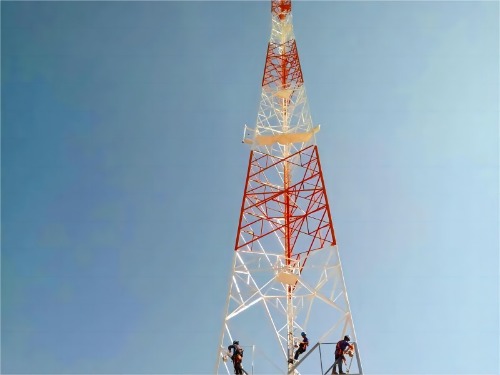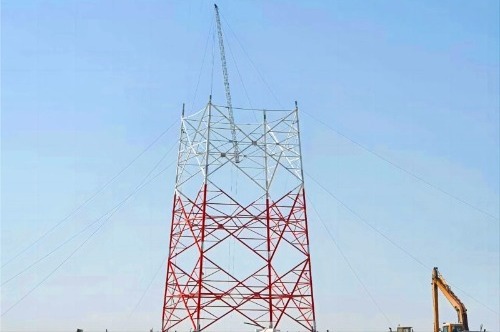Angular steel telecom towers come in various heights to meet the needs of different telecommunication applications. The height of a telecom tower is determined by factors such as coverage requirements, terrain, antenna type, and regulatory guidelines. Here are the typical height ranges for angular steel telecom towers:

1. Low-Height Towers:
- Height Range: 30-60 feet (9-18 meters)
- Use: Low-height towers are commonly used in urban and suburban areas where moderate coverage and capacity are required. They are suitable for mounting antennas for local coverage.
2. Medium-Height Towers:
- Height Range: 60-200 feet (18-61 meters)
- Use: Medium-height towers are often used in both urban and rural areas to provide broader coverage and capacity. They are suitable for mounting antennas for wider area coverage.

3. High-Height Towers:
- Height Range: 200-500 feet (61-152 meters)
- Use: High-height towers are used in areas that require extensive coverage, such as remote or hilly terrain. They are suitable for mounting antennas to cover large geographic areas.
4. Very High Towers:
- Height Range: Above 500 feet (152 meters)
- Use: Very high towers are rare and are typically used in extreme cases where exceptional coverage is required, such as in mountainous regions or for long-distance transmission.
The height of a telecom tower is carefully chosen to optimize signal coverage, line of sight, and network performance while considering factors like signal propagation, interference, and regulatory restrictions. The height range of a tower will vary based on the specific needs of the telecommunication network it serves.
It's important to note that these height ranges are approximate and can vary based on specific requirements and regional regulations. Additionally, taller towers typically require additional structural support, such as guy wires, to ensure stability and safety.
Learn more at www.alttower.com
